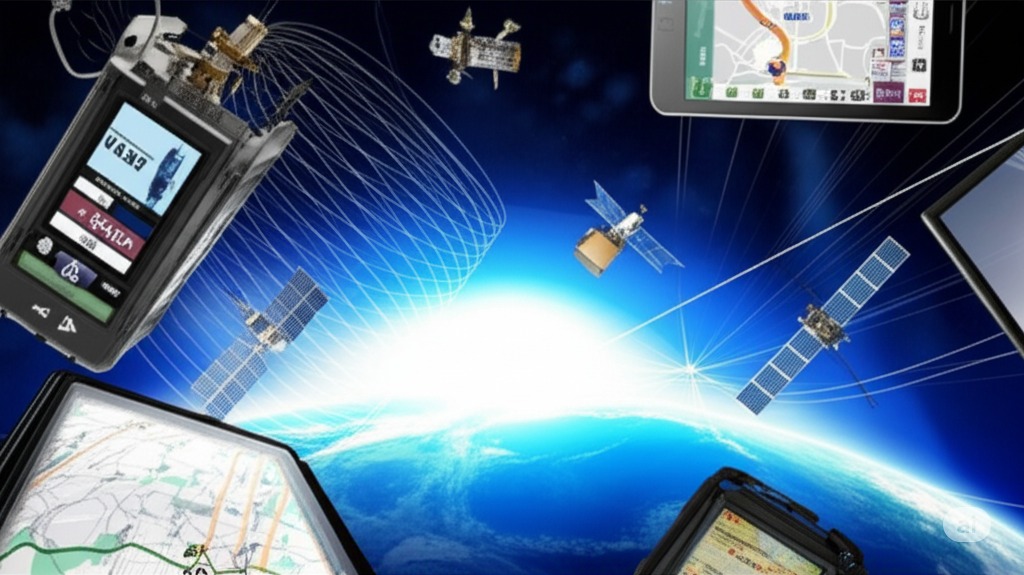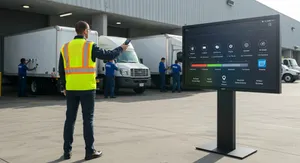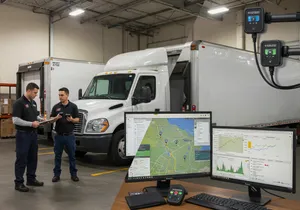Implementation Planning Steps
- Define specific fleet management objectives and success metrics
- Conduct comprehensive current operations assessment and analysis
- Create detailed project timeline with 6-12 month implementation phases
- Establish budget parameters including hardware, software, and training costs
- Identify key stakeholders and implementation team responsibilities
- Develop risk mitigation strategies for potential deployment challenges
- Set measurable ROI targets and performance benchmarks
- Plan change management strategy for staff adoption and training










